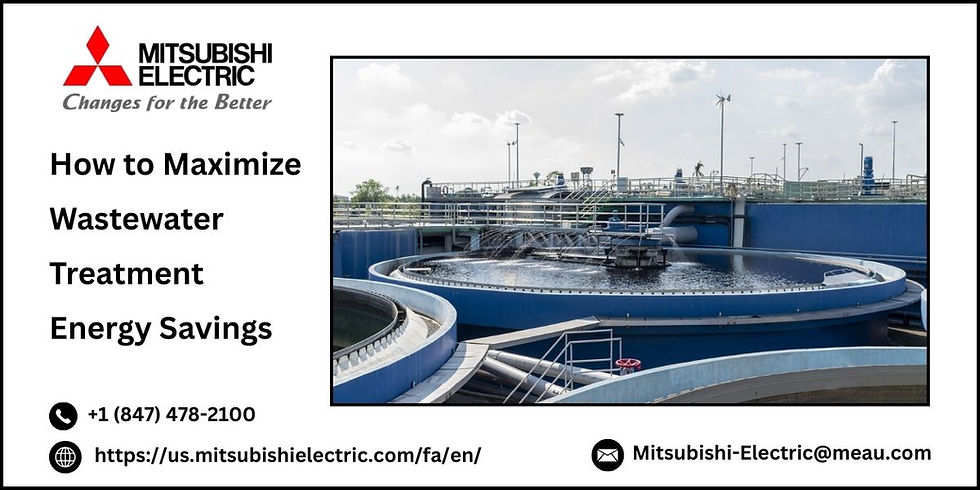Automated Conveyor Systems – How They Are A Game-changer In Industrial Automation
- mitsubishielectric1
- Nov 28, 2023
- 2 min read
In today's fast-paced industrial landscape, automation has become the cornerstone of efficiency and productivity. Automated conveyor systems, packaging lines, and pallet stackers are at the forefront of this revolution, transforming the way businesses handle materials, streamline processes, and meet the demands of a competitive market. Automated conveyor systems are the backbone of modern manufacturing and distribution facilities. These systems use a combination of belts, rollers, and other technologies to move products seamlessly through various stages of production.

Conveyor systems have long been a staple in industries such as manufacturing, logistics, and distribution. Traditional conveyor systems, driven by manual or simple motor controls, have limitations when it comes to adaptability and real-time responsiveness. Enter automated conveyor systems – a game-changer in the world of industrial automation. Automated conveyor systems leverage advanced technologies such as sensors, programmable logic controllers (PLCs), and robotics to create a seamlessly integrated and efficient material handling process. These systems can be customized to handle various types of products, from small components to large packages, with precision and reliability.
Automated conveyor systems significantly reduce the reliance on manual labor for material handling. This not only cuts down on labor costs but also eliminates the risk of human error, ensuring a consistent and efficient workflow. Smart automation allows for real-time monitoring and adjustments to the production flow. Conveyor systems can be dynamically configured to adapt to changing production demands, ensuring optimal throughput and minimizing downtime. Automated pallet stackers can quickly and safely move pallets from one location to another, minimizing the risk of accidents and injuries associated with manual handling. These systems are designed to stack pallets in a space-efficient manner, maximizing storage capacity within the facility. This is especially important in warehouses where space is at a premium.
By automating the material handling process, the risk of accidents and injuries associated with manual labor is substantially reduced. Advanced safety features, such as sensors and emergency stop mechanisms, further contribute to a safer working environment. Automated conveyor systems, fueled by smart automation, are transforming the industrial landscape by enhancing efficiency, reducing costs, and improving overall productivity. As technology continues to advance, the synergy between automation and conveyor systems will undoubtedly lead to even more innovative solutions, further revolutionizing the way industries operate. Embracing this technological evolution is not just a choice; it's a necessity for staying competitive in the fast-paced world of modern manufacturing and logistics.
Relevant Blogs

.png)



Comments